Holding a mirror to sex in the 70s
In many ways, we have witnessed a pendulum swing away from permissiveness.
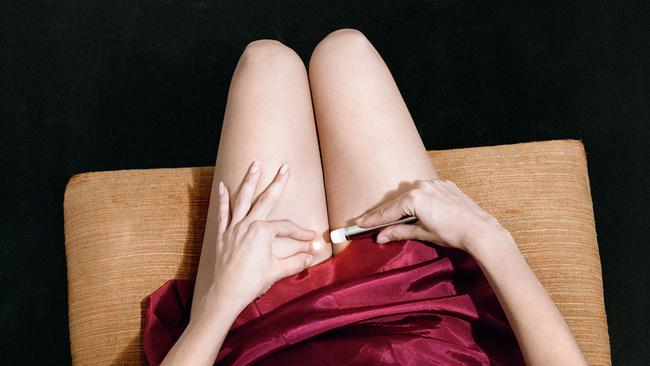
There was some irony in visiting an exhibition devoted to sexual electricity at the height of an epidemic and at a time of social distancing. In fact, even getting to Canberra was an adventure. On the day before the flight, I received a text from Qantas warning me that various states had special rules about entry and possible quarantine restrictions, and these could change at any time. In the end though, because the ACT has been virus-free for more than a month, there seemed little chance that I would be forced to self-isolate on my return to Sydney.
The following day, I went to the airport with a driver who told me that this was his first fare to Mascot for more than a month. When we arrived at Sydney airport, it was almost deserted, with hardly a shop or cafe open.
The Qantas club was almost empty but the atmosphere was strangely free of the usual frenetic energy generated by the collective will, hope and anxieties of thousands of people in transit.
In Canberra, the airport was even emptier, and my driver had been waiting two hours for a fare. Changes at the National Gallery of Australia were even more extreme: there is no cloakroom and the cafe is shut. Entry is by timed tickets booked online, even though there are so few visitors that it seems hardly worthwhile, and without the cafe there is no incentive to stay longer than the time it takes to visit the exhibitions. On top of all that, large sections of the gallery are simply shuttered.
A few people came in and out of the exhibition while I was there, including some younger people of undergraduate age. And it is no coincidence that much of this work comes from the 1970s, the high point of the sexual liberation movement that came to an end in the early 80s with the appearance of AIDS, and which seems very remote now in our age of scolding and even outraged puritanism.
In many ways, we have witnessed a pendulum swing away from permissiveness, similar to the one that took place in the early to mid-19th century, when old men who had been libertines in the late 18th century were astonished to find their grandchildren adopting respectability, and thus of course hypocrisy as well. But more subtly, and harder for the veterans of the 70s to understand, is the sheer importance that is currently attached to activities that were simply not considered as significant half a century ago.
No doubt this reflects some shrinking of political horizons in a prosperous consumer society when the individual becomes more concerned with personal rights and experiences than with larger social questions. Yet it is extraordinary that, as we see almost every week, careers can survive all sorts of mishaps, incompetence and even malpractice but can be ended for a minor sexual indiscretion. This is all the more interesting when we consider that sexuality is inherently transgressive. If we think of Nietzsche’s concepts of the Apollonian and the Dionysian, we can see growing up into a responsible, autonomous individual as an essentially Apollonian process; but this individual self is a separate, isolated entity, and sexual connection with another entails a temporary suspension of individuality, or more exactly a Dionysian dissolution of the limits and barriers that constitute the individual. This is why sexual imagination is filled with things that are precisely not what the individual would do in the course of normal life.
Such fantasies are evoked in most of these works, and often commented upon in the accompanying wall labels. There are, for example, several of the subtly disturbing black and white photographs of Francesca Woodman, who sadly took her own life at 22 in 1981. Female figures, mostly naked, lie or crouch, exposed, confined and sometimes restrained, in one case seen from the back, lying over a small couch in garter belts as though in a brothel. Woodman wrote: “I am so vain and I am so masochistic. How can they coexist?”
Masochism is a recurrent theme in female sexuality, as in that of many men. There is a photo of Sophie Calle when she was working as a stripper in Pigalle in the 1970s, but what she writes is even more interesting than the picture. Of her patrons at the club, she says, “to me they were pathetic, and I looked at them with a look of contempt. I had made a style of this contempt and they were paralysed.”
Then Calle recalls a story about herself as a child of six, living with her grandparents: “A daily ritual obliged me every evening to undress completely in the elevator on the way up to the sixth floor, where I arrived without a stitch on, then I would dash down the corridor at lightning speed … Twenty years later I found myself repeating the same ceremony every night in public, on the stage of one of the strip joints that line the boulevard de Pigalle…”
Between them, these stories epitomise the intertwining of sadism and masochism implied in the photograph — exhibitionism being essentially an expression of masochism.
Pat Brassington plays with uncomfortable associations in a series of digitally altered photographs from 2003, including one in which a creeping figure in the attitude typical of a lizard has a phallic head, and another in which a woman has a vulval slit in the nape of her neck. In a later photograph from 2019, a woman’s bottom is seen from behind, with coloured buttons stuck on her tights in a vertical line. As I was looking at this image, a little girl suddenly said to her father, “Look daddy, she has pins on her bottom”; her father replied, “No darling, I think they’re marbles” – but the little girl, whose intuition was closer to the truth insisted, “No, daddy, they’re pins”.
Nan Goldin’s photographs, from the series The Ballad of Sexual Dependency, portray various aspects of sexual experience in the 1980s. One of the most memorable is Siobhan in the Shower (1991) but the two most famous are probably the self-portrait Nan One Month After Being Battered (1984) and the picture, a year earlier, of her in bed with the man who later beat her up. In hindsight, Nan and Brian in Bed is both a misnomer and imbued with tension, if not menace: for only she is actually lying in bed, looking up at him, while he sits on the edge, smoking, in his own world.
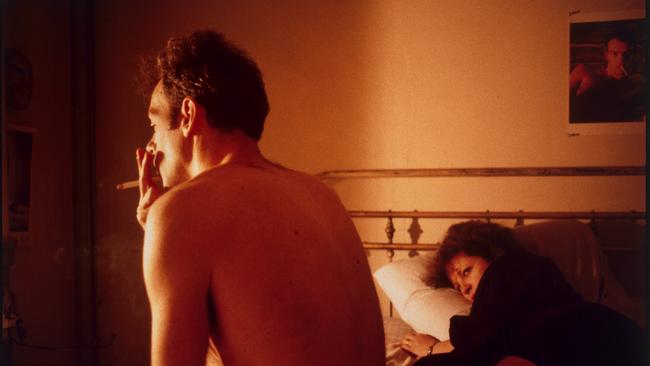
Jo Ann Callis’s images are subtler evocations of vulnerability, exposure and submission: in one, a naked woman kneels over the arm of a chair, twisting and blindfolded. Another shows the lower legs of a woman standing on a chair in high heels, while a man’s hands grasp her ankles from behind. Both of these images are from she called her “fetish project”, taken between 1974 and 1977 when she was studying photography under Robert Heinecken but not publicly exhibited until 2014, when they were also published in the book Other Rooms, with the ankle picture on the cover.
There is, in contrast, nothing subtle about Cindy Sherman’s Untitled # 255 (1992), a large-scale photograph of a plastic doll on all fours seen from behind in an explicitly sexual pose and surrounded by items of clothing and a hairbrush prominently in the foreground. This is presumably a commercial sex doll of some kind, but its hard plastic body and articulated joints are uncomfortably reminiscent of the Barbie dolls with which little girls rehearse the performance of feminine stereotypes in a consumer society.
The work is shocking because such dolls are examples of commercial kitsch; they celebrate illusion and conceal reality, encouraging the ingrown sexuality of narcissism that is the basis of the fashion industry. Sherman’s photograph brutally strips away the kitsch to reveal the primal reality. “The work is what it is,” she observes, “and hopefully it’s seen as feminist work, or feminist-advised work, but I’m not going to go around espousing theoretical bullshit about feminist stuff.”
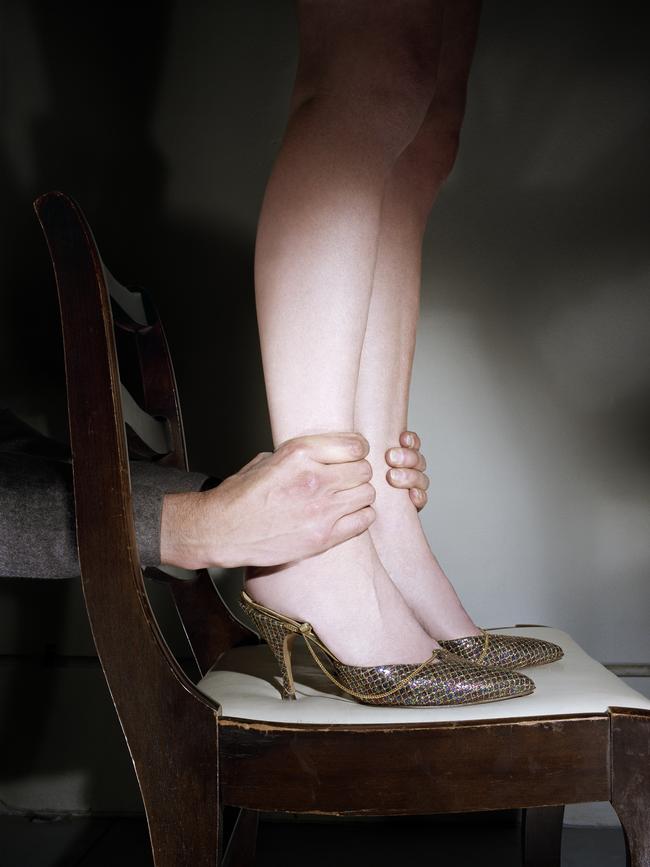
Another piece that borrows from commercial culture is Fiona Pardington’s One Night of Love (1996). This is a series of black and white photographs enlarged from proofsheets for 1950s “glamour” or “girly” magazines. The twist is that Pardington has reproduced only reject snaps: these are the shots that were considered poorly framed, poorly timed or just not sexy enough; barely erotic, sometimes even dowdy images that are at the same time witness to pent-up desire in the years before the sexual revolution. In contrast, Carolee Schneemann’s ludicrous but entertaining film Meat Joy (1964) is an orgiastic romp of semi-naked bodies rolling over each other, dripping in paint that is meant to look like blood, playing with meat, chicken carcasses and fish; girls in bikinis improvise routines more akin to synchronised swimming than to dance, or are carried around, collapsed in the arms of young men.
There are a couple of other video works, including Lynda Benglis’s Female Sensibility (1973) in which she kisses another girl, but looking at the camera all the while, as though into a mirror, recalling yet again the theme of narcissism. Cheryl Donegan’s Head (1993) is able to be remarkably graphic about the pleasure of performing a sexual act because the partner is removed and replaced by a cleverly-conceived device. Like many video works, this one is also available on YouTube.
One end of the exhibition is dominated by a film work by Tracey Moffatt and Gary Hillberg, Other (1991), which I have mentioned before because it has been included in several recent exhibitions. It is a montage of scenes from popular films in which members of different ethnic groups meet and are drawn to each other, and it is structured loosely from first catching sight of the “other” to recognising the appearance of desire and then gradually towards fulfilment and consummation.
The film starts with tantalising glimpses and hints of exotic and unexpected attraction, and as most of these are very familiar films, each clip brings with it a flood of memories and associations. But the montage of so many scenes does make us ponder how often mid 20th-century cinema evoked experiences that crossed the boundaries of custom or propriety, if not taboos. In the end, consummation is evoked in an ecstatic but hilariously absurd sequence of metaphorically erupting volcanoes, exploding bombs and mushroom clouds; the intensity of arousal is after all implicated with forbidden desire.
The Body Electric, National Gallery of Australia, until January 26.



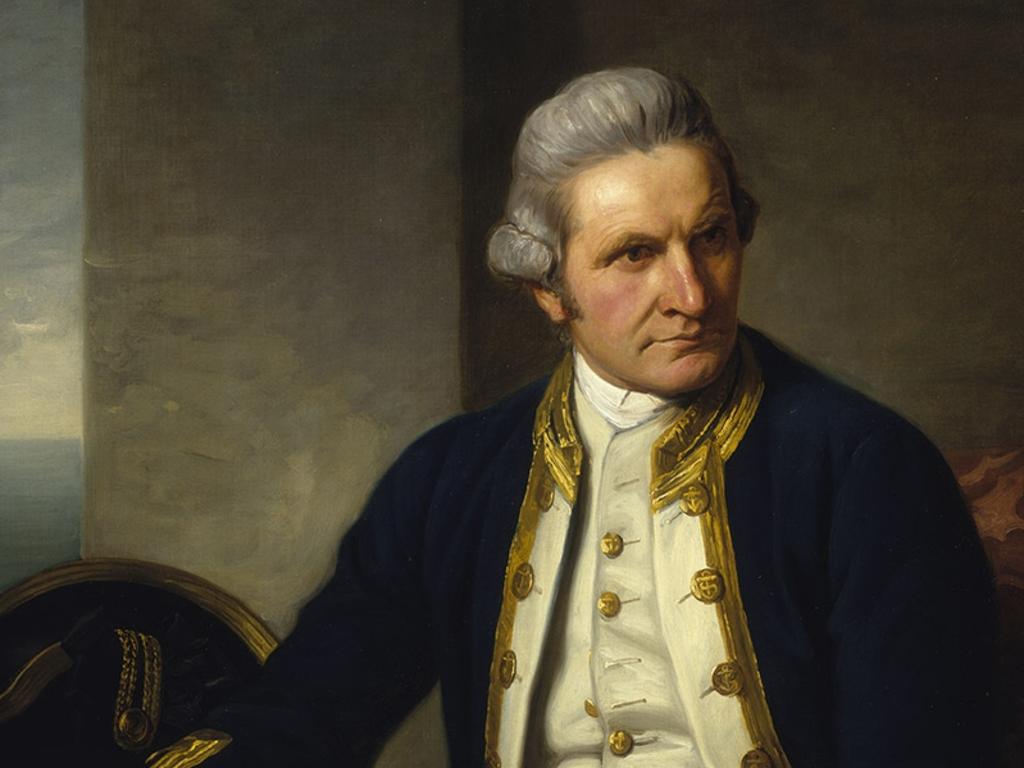
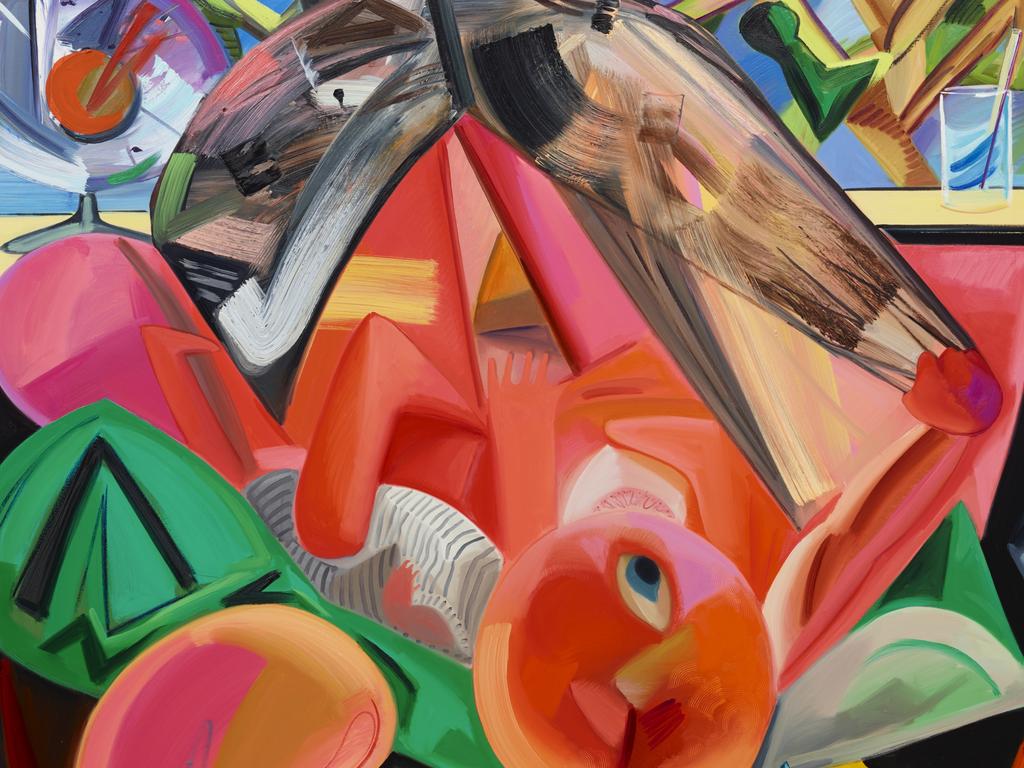
To join the conversation, please log in. Don't have an account? Register
Join the conversation, you are commenting as Logout